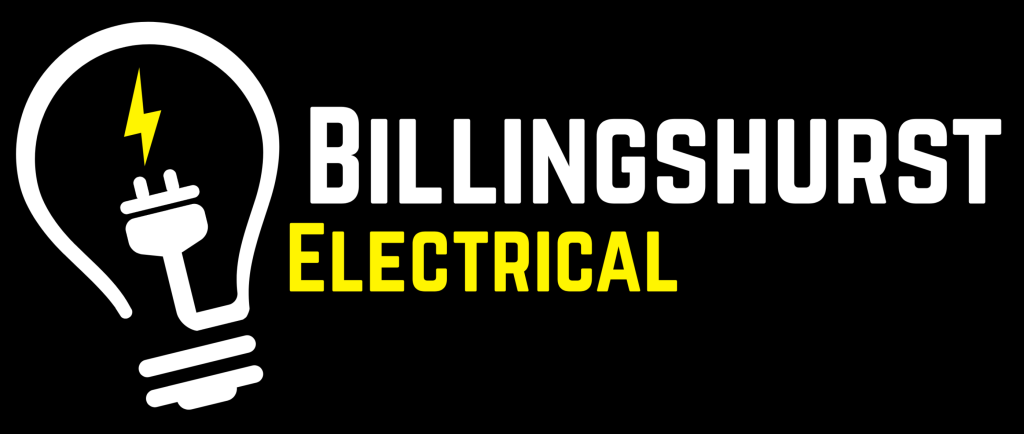What is P021?
Class: Neurotrophic peptide (lipidized derivative of CNTF – ciliary neurotrophic factor).
MOL Changes | Biolab Shop | Research Data
Mechanism:
- Inhibits DKK1, a negative regulator of the Wnt/β-catenin pathway, thereby enhancing neurogenesis, synaptic plasticity, and neuronal survival.
- Promotes BDNF signaling, supporting learning and memory formation.
- Reduces neuroinflammation and protects against amyloid-β and tau pathology in Alzheimer’s models.
- Improves mitochondrial resilience and overall neuronal energy metabolism.
MOL Changes | Limitless Life Nootropics
Primary focus:
- Neuroprotection in Alzheimer’s and neurodegenerative disease models.
- Synaptic repair and neurogenesis for learning and memory.
- Cognitive enhancement and resilience under stress.
- Potential role in healthy aging and brain longevity.
🔹 Oral Dosage
Range:
- 500 µg – 2 mg daily (research studies; most often in lipidized or sublingual form).
Notes:
- Designed for oral bioavailability (unlike many peptides).
- Chronic use is emphasized for neurogenic effects (weeks to months).
🔹 Injectable / Subcutaneous Dosage
Range:
- Less common, but research use may explore 100–500 µg SC daily or several times per week.
- Oral delivery is preferred in most studies due to enhanced stability and absorption.
🔹 Cycle Length
- Cognitive and neuroprotective benefits studied over weeks to months.
- Wellness/anti-aging use: long-term low-dose administration.
- Intensive cognitive recovery (post-injury, Alzheimer’s models): 8–12+ weeks.
🔹 Optimal Dosing Window
- Morning or early day → aligns with cognitive performance and avoids potential overstimulation at night.
- Oral lipidized forms are often taken with light food to support absorption.
✅ Educational Integration Example
Example protocol: 1 mg oral P021 daily, morning, for 12 weeks.
Paired with: NAD⁺ 100 mg SC 3x/week + Lion’s Mane 1 g daily.
Rationale: Enhances neurogenesis, supports mitochondrial health, and promotes learning/memory.
🔹 Stacking Strategy (Educational / Complementary)
Since P021 activates Wnt/β-catenin and supports BDNF pathways, stacking focuses on synergistic neurogenesis, mitochondrial resilience, and synaptic repair:
🔸 Neuroregeneration & Plasticity
- Dihexa → drives synaptogenesis; works synergistically with Wnt activation.
- Semax / Selank → enhance BDNF release and neuroprotection.
- Lion’s Mane (Hericium erinaceus) → NGF stimulation for long-term brain health.
🔸 Mitochondrial & Energy Support
- NAD⁺ / NMN / NR → sustain cellular metabolism and repair.
- MOTS-c / SS-31 → mitochondrial protection, complementing P021’s resilience effects.
🔸 Neuroprotection & Cognitive Enhancement
- Methylene Blue → synergistic mitochondrial and redox support.
- Noopept or racetams → enhance cholinergic tone alongside neurogenesis.
Rationale: P021 sets the stage for repair and neurogenesis, while stacks layer in mitochondrial cofactors and synaptic enhancers.
⚠️ Safety Notes
- Human clinical data is still limited — most evidence comes from animal models.
- Long-term safety in healthy populations is unknown.
- Possible overstimulation or sleep disruption if taken late in the day.
- Synergy with other Wnt activators (e.g., lithium, certain peptides) should be approached cautiously to avoid imbalance.
Studied in Humans? No
FDA Approved? No
Allowed for 503a Compounding Pharmacy? No
Rory’s Comment: Thumbs Down
Disclaimer: Do not rely on any dosing information provided, this is for educational and research only. Always double and triple check alternative references for education. Please consult with healthcare provider for your specific dosing and protocol if applicable.
Evidence summary (preclinical)
Alzheimer’s disease models (3xTg-AD mice):
- Chronic oral P-21 (typically 60 nmol/g feed) restored or improved: cognition, hippocampal neurogenesis, BDNF, synaptic markers; reduced phosphorylated tau and soluble Aβ in time-dependent fashion. Some effects strengthened with 9–18 months of treatment. Alzheimer’s Drug Discovery Foundation
Normal aging (rats):
- Oral P-21 for ~88 days improved water-maze performance, increased BDNF/TrkB/pCREB, and modified synaptic proteins; effects varied by region. Alzheimer’s Drug Discovery Foundation
Down syndrome (Ts65Dn mice):
- Prenatal → early postnatal exposure (diet to dams/pups) rescued developmental delays, increased BDNF/pCREB, and improved adult memory; reduced GSK3β activity. Nature
Retinal/AMD-like pathology (aged rats, 3xTg-AD mice):
- P-21 prevented multiple retinal degenerative changes; functional vision endpoints were not reported and rodents lack a macula. Frontiers
CDKL5 deficiency models (2024):
- Mixed results: restoration of proliferation/maturation in human CDKL5-KO cells; limited behavioral rescue in CDKL5-KO mice (some motor improvement only). PMC
Comparisons with Cerebrolysin:
- Separate work compared CNTF-derived peptides with Cerebrolysin and found region-specific increases in neurogenesis for each; P-21 was not “reverse-engineered” from Cerebrolysin in the primary literature. PMC
